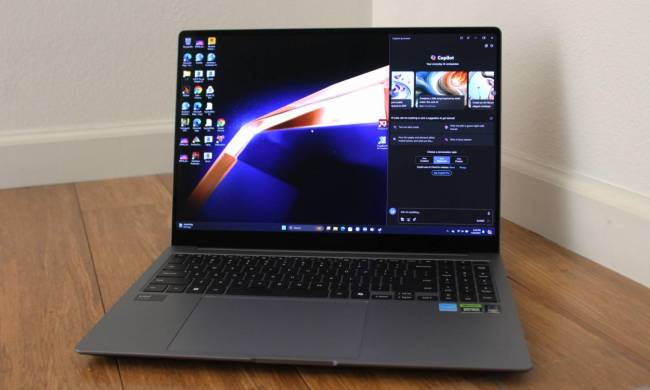Windows Insider is Microsoft’s public beta test program. For the last several months it’s become important, not to mention popular, because it’s a free way to access early versions of the upcoming Windows 10 operating system. Simply go to insider.windows.com, sign in with a Microsoft account or create one if you haven’t already, and download an .ISO to install Windows 10.
But in the land of Microsoft, all beta testers are not created equal. Since October of 2014, Microsoft has split the Windows 10 Insider program into two broad populations, called “rings.” The slow ring gets slightly older builds of Windows 10, perhaps delayed by a week or two, while the fast ring gets newer builds.

There are advantages to both options — the builds of Windows 10 in the slow ring are generally more stable and less prone to crashes and incompatibility with programs, and so are more desirable if you’re using Windows 10 on a work-critical desktop or laptop. The fast ring gets newer builds that might be faster or have cool new features, and sometimes fixes for specific problems implemented by the Microsoft developers. But since these “fast” builds have gone through less testing, they might also be more unstable and create more problems for users.
There are “higher” rings in the Insider program, but these are reserved for Microsoft employees and aren’t available to the public (unless the installation files leak out). If you want to try the latest and greatest in the world of Windows, the Insider program’s fast ring is where you want to be. Luckily, it’s fairly easy to hop on.
Install Windows 10
If you’ve already installed Windows 10, skip this step and the next one. If not, check out this Digital Trends article and follow the steps inside to install Windows 10 on the computer you’re currently using.

It should take you less than an hour to install Windows 10. You have the option of installing a “fresh” version which wipes your primary storage drive clean, or installing Windows 10 over your current Windows 8.1 build, keeping your files intact. Alternately, if you’re installing on a non-Windows machine or a computer with no operating system already running, you’ll need to burn or mount the ISO file to an external disc or drive.
Setup Windows
The Windows setup process is fairly self-explanatory — just follow the on-screen prompts to create a user account and apply the basic settings. Windows 10 includes basic drivers for most current laptop and desktop components, so things like networking, sound output, and graphics should be configured “out of the box.” If not, head to the relevant webpages of your laptop or component manufacturer to download drivers and install them. A notable exception to the above rule is Nvidia graphics cards — you’ll need to select the Windows 10 version of the latest drivers when you download them.
If for some reason networking isn’t working, you may need to access another computer or a smartphone to download the relevant drivers, then transfer them to your main PC. Once all the core components of your computer are working to your satisfaction, proceed to the next step. At this point you can install any third-party programs you like, or wait until after you’ve joined the fast ring and applied the latest Windows updates.
Join the fast ring
You’re almost there. Now click on the Windows logo on your desktop, then “Settings.” Click “Update & security,” the last icon in the window. The Windows Update page will appear.

Click on “Advanced options.” The bottom portion of the page is the “Get Insider builds” section. The field labeled “choose how you get your Insider builds” is what you’re looking for: just click the drop-down menu and switch from “Slow” to “Fast.”
Click the back button in the upper-left corner when you’re done.
Download the latest updates
Now all you have to do is run Windows Update in the usual way. Click “Check for updates,” and Windows will automatically search for and download the latest fast ring version of Windows 10. Wait for the package to download, then either schedule an automatic restart or click “Restart now” to apply the latest build right away. Your computer will restart (possibly several times), and when it’s done you’ll log into the latest build of Windows 10 available to the public.

When Windows 10 is released on July 29, current users of Windows 7 or Windows 8.1 will be eligible for a free upgrade for one year (that is, you have one year to upgrade for free — you won’t have to pay after that). At that point, Windows Insider members will have the option of using the retail or “release to manufacturer” version of Windows, or continue using the Insider builds.


